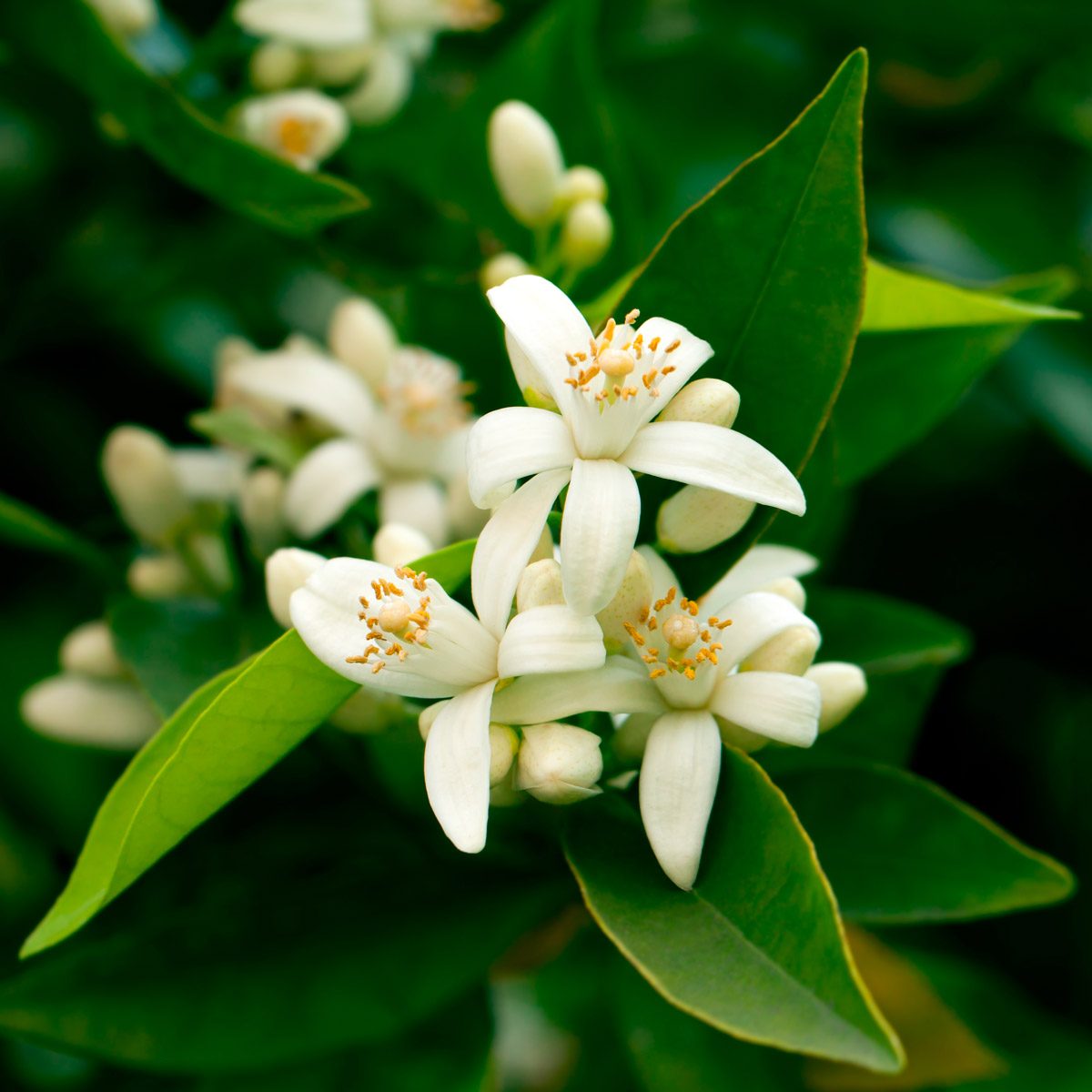Why You Should Add the Florida State Flower to Your Landscape

Why You Should Add the Florida State Flower to Your Landscape

Fragrant, edible and pleasing to the eye, an orange tree may be the perfect addition to your landscape.
The blossom of the orange tree is the citrus sinensis—the Florida state flower—and it’s extremely fragrant. These white flowers perfume the surrounding air during orange blossom season.
Here are 10 great trees to consider planting in your yard.
Florida State Flower Facts
Citrus sinensis, or orange blossom, is the white blossom of the orange tree. The plant is native to subtropical Southeast Asia and grows in tropical climates that have warm to hot summers and mild winters. The U.S. Department of Agriculture puts the plant in hardiness zones 9 through 11.
The orange blossom has been a symbol of purity throughout history and in literature. Queen Victoria wore orange blossoms on her wedding day, according to National Geographic.
The Florida state flower blooms in clusters each spring and results in oranges the following fall or winter, according to The Flower Expert.
Try adding these 49 colorful plants to brighten your landscape.
The Flower Expert also notes the following facts about the Florida state flower:
• Leaves on orange blossoms are shiny and oblong, up to 4 inches in length.
• Orange twigs can be thorny.
• The orange tree is a compact evergreen tree, which generally grows between 20 to 30 inches tall. It has a rounded, symmetrical crown that spreads about 20 inches.
• Orange oil from the orange blossom is popular in some commercial cleaners.
You should never grow these 15 trees in your yard.
How to Grow an Orange Tree
Orange trees not only provide shade, but also edible fruit. If you live in hardiness zones 9 through 11, you can grow an orange tree in your yard. The best time to plant one is early to mid-spring, according to SFGate. This allows the tree to establish itself during the warmer months.
Make sure your new tree gets off to a good start with these tree planting tips.
Choose an area that faces the sun and make sure the soil drains well. Dig a hole that is twice the diameter of the tree’s root ball. The top of the root ball should stay about 1 inch above the top soil, as it will settle down into the ground once established. “If you plant the root ball on an even level with the surrounding soil, the tree eventually sinks down into the ground. Fungus becomes a major issue as moist soil touches the trunk directly above the root ball. Planting the orange tree with consideration of the root ball’s position prevents disease issues in the future,” according to SFGate.
When it comes to watering, be consistent and make sure moisture reaches deep into the root system. You can fertilize the tree during its growing season, but do not add fertilizer to the hole when planting, as it can burn the root system and kill the tree.




















